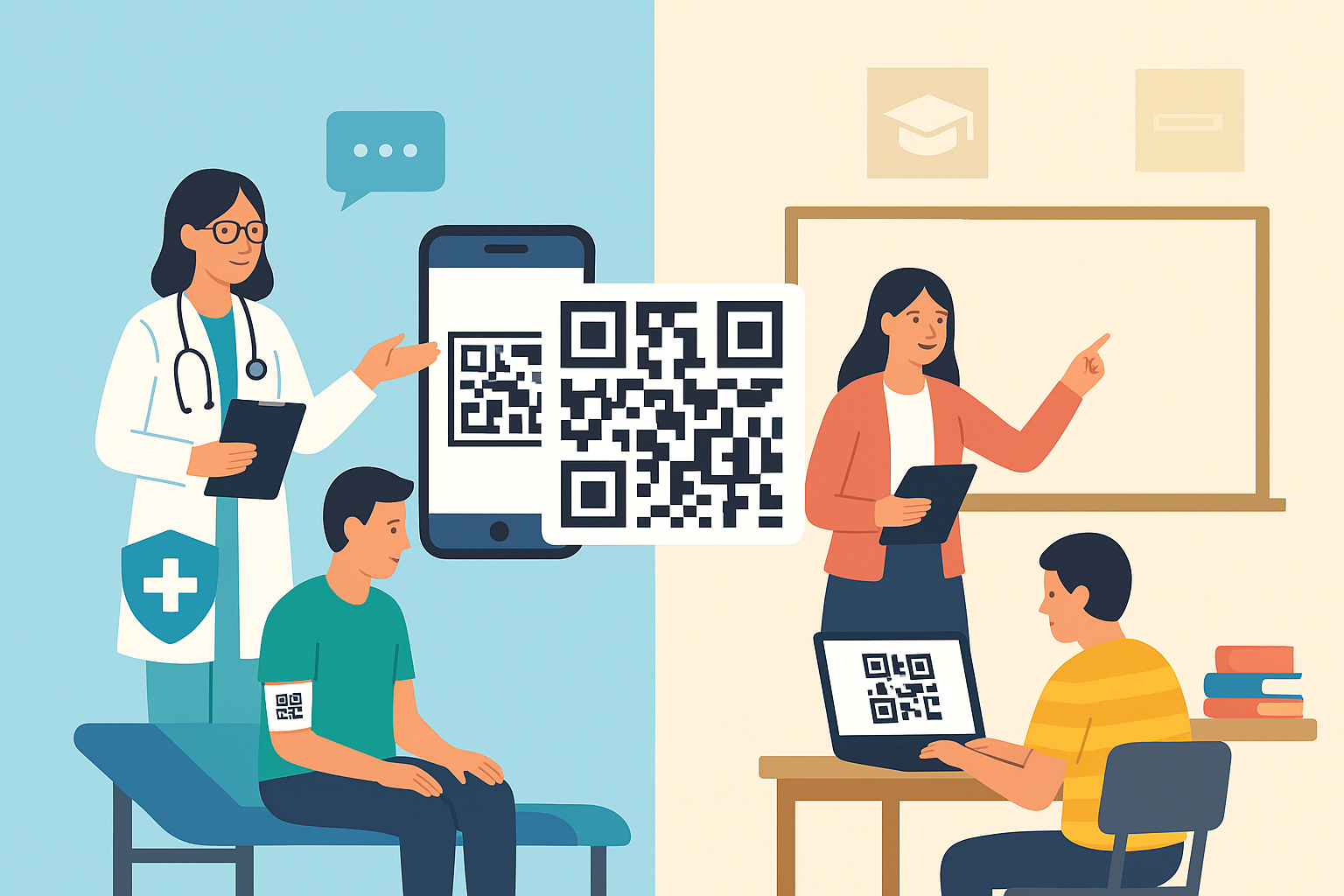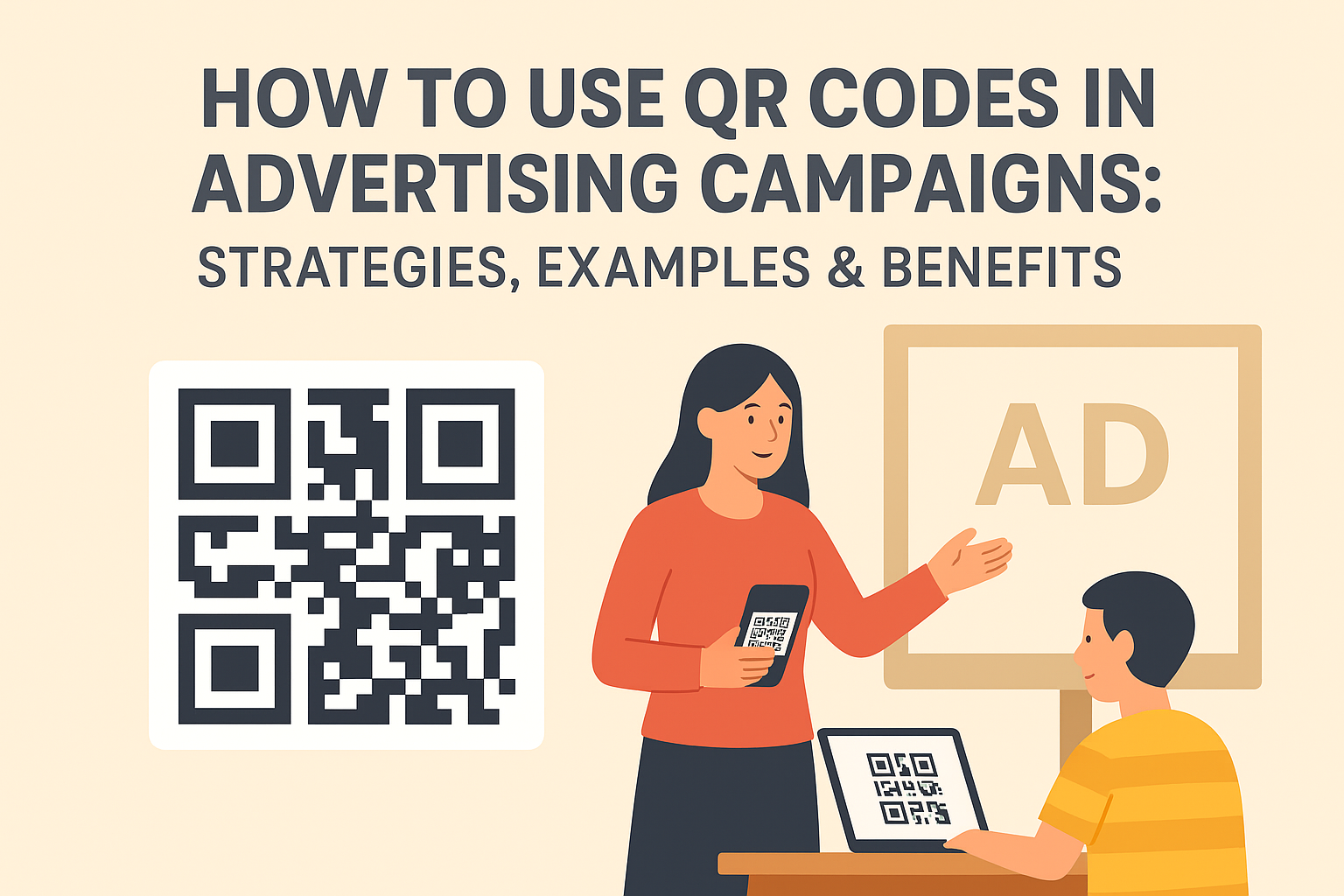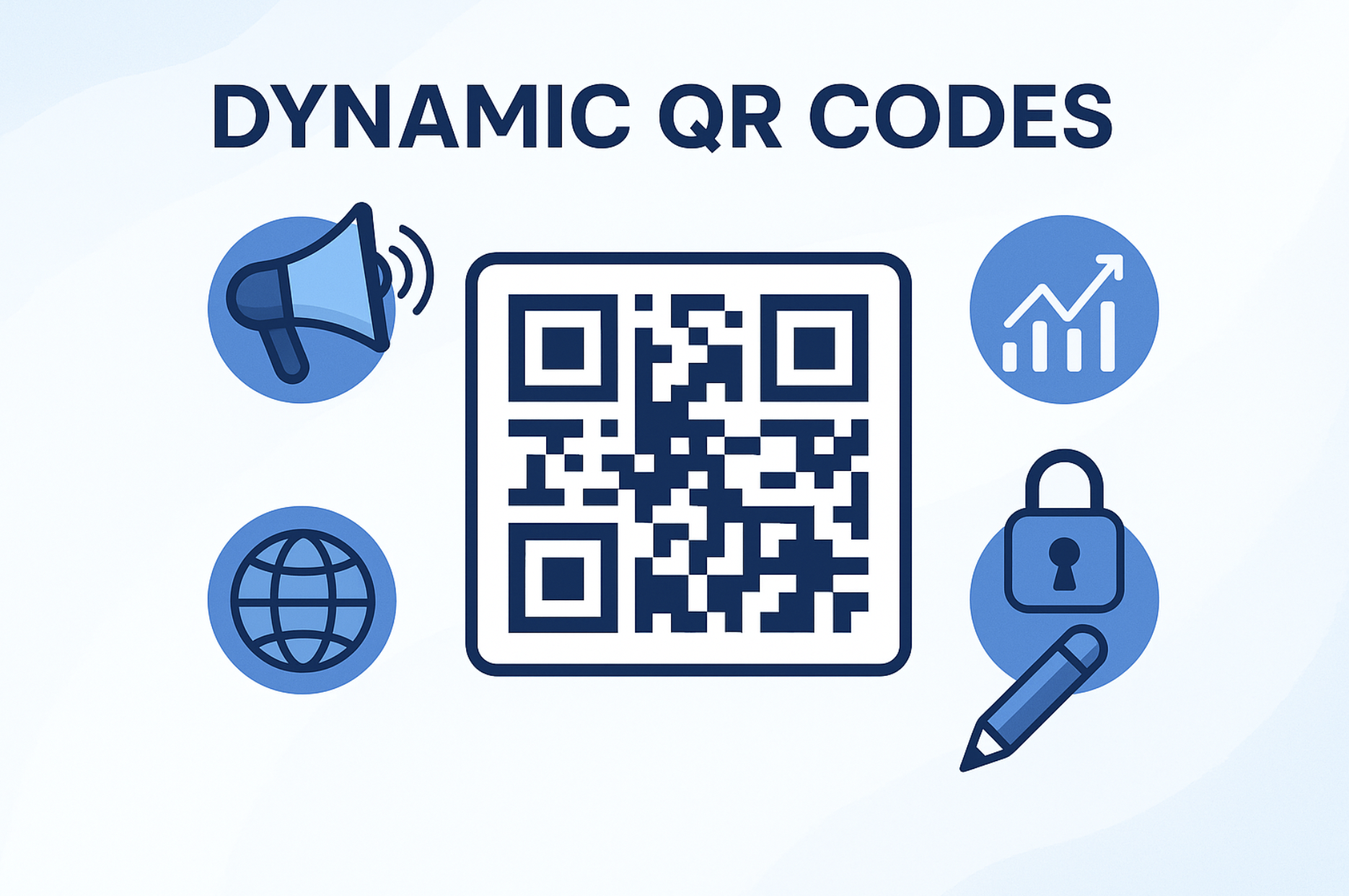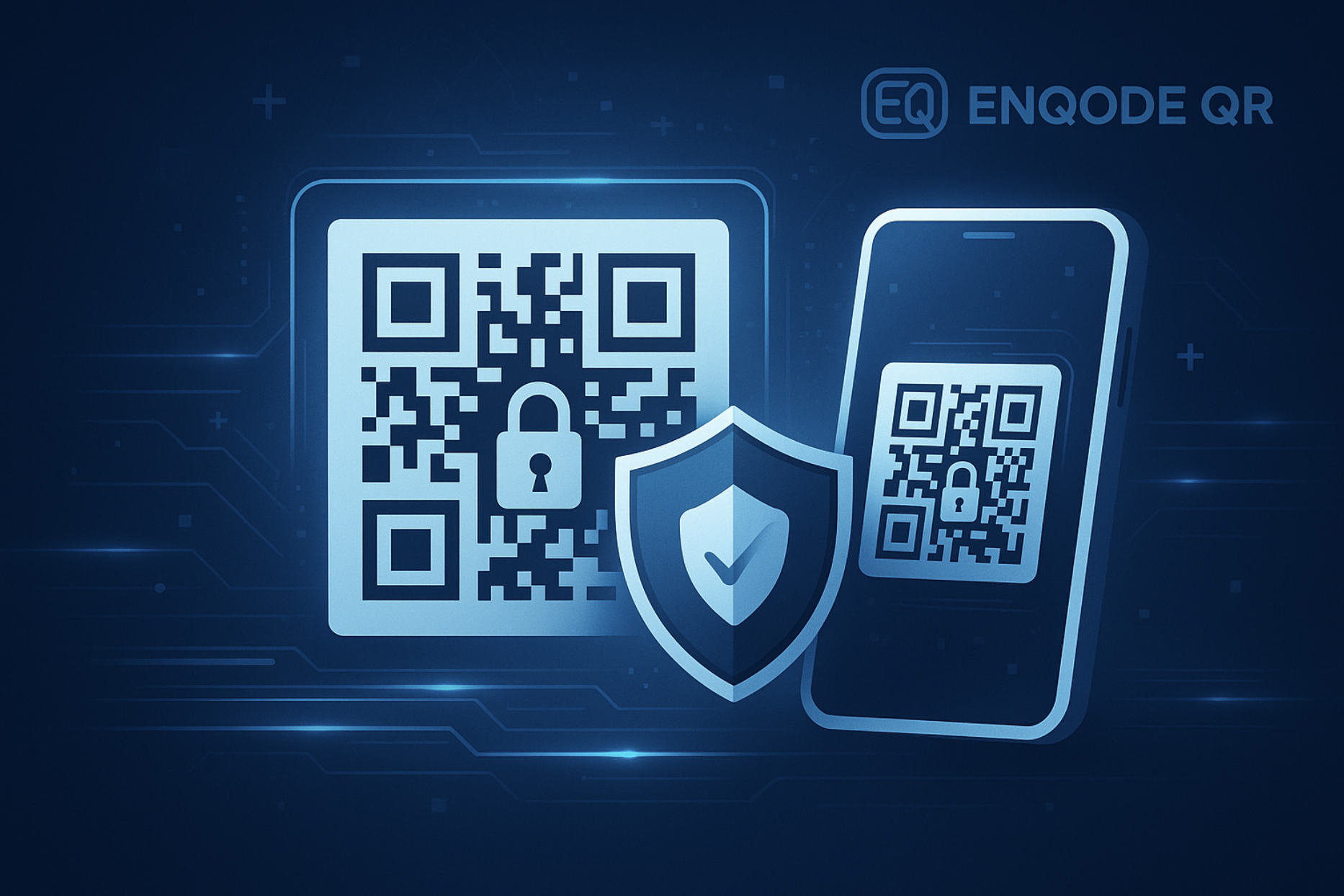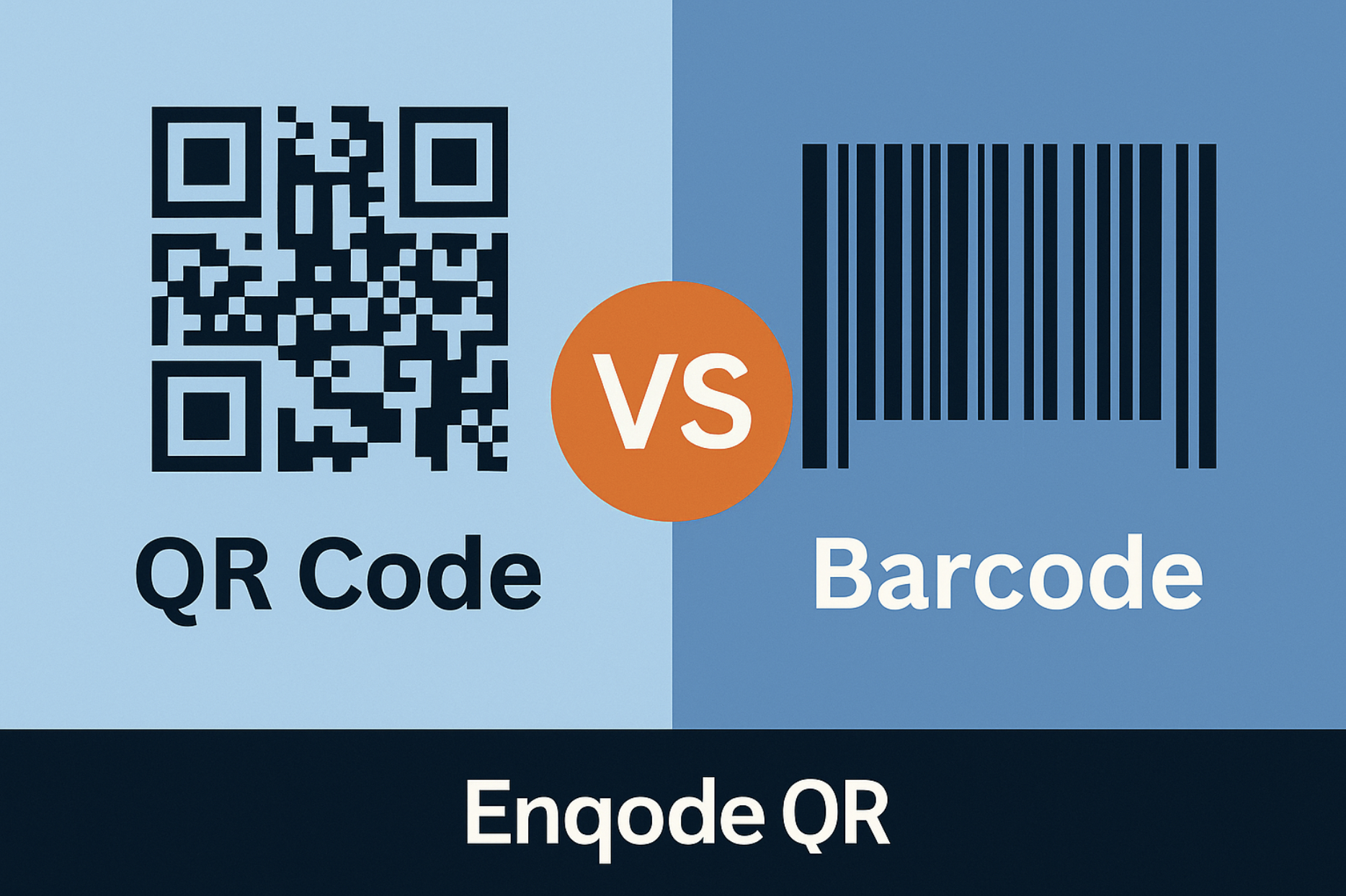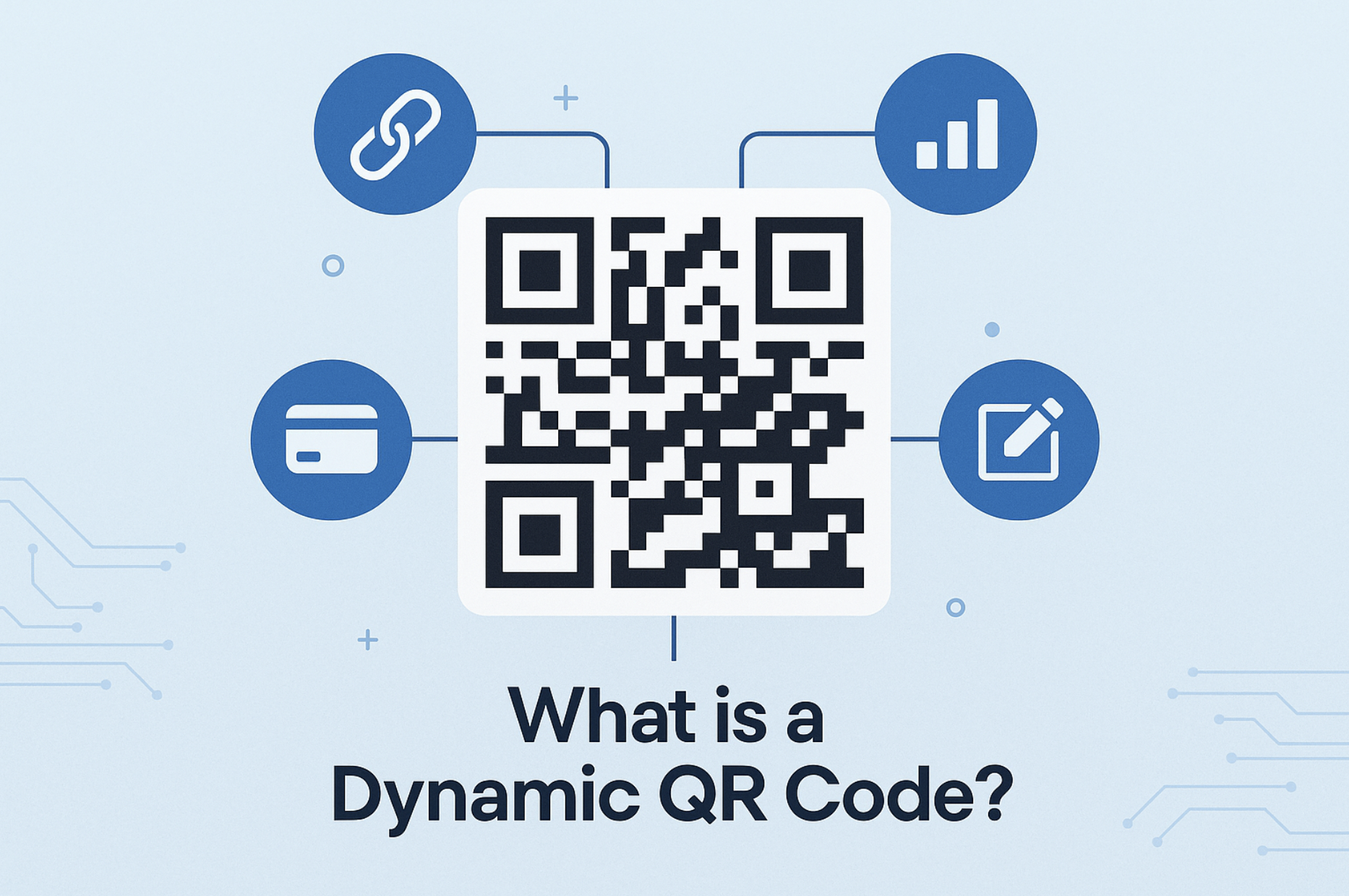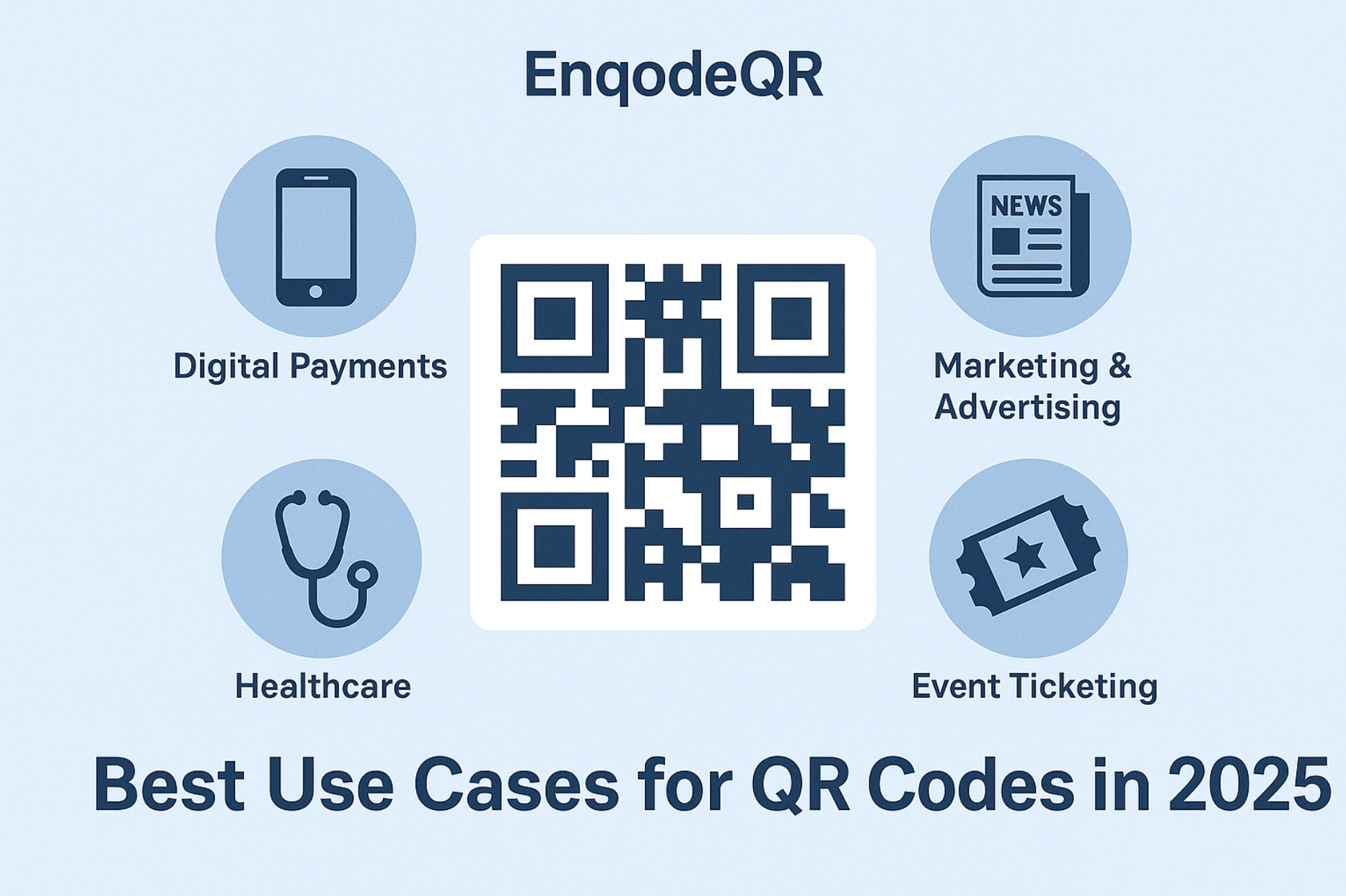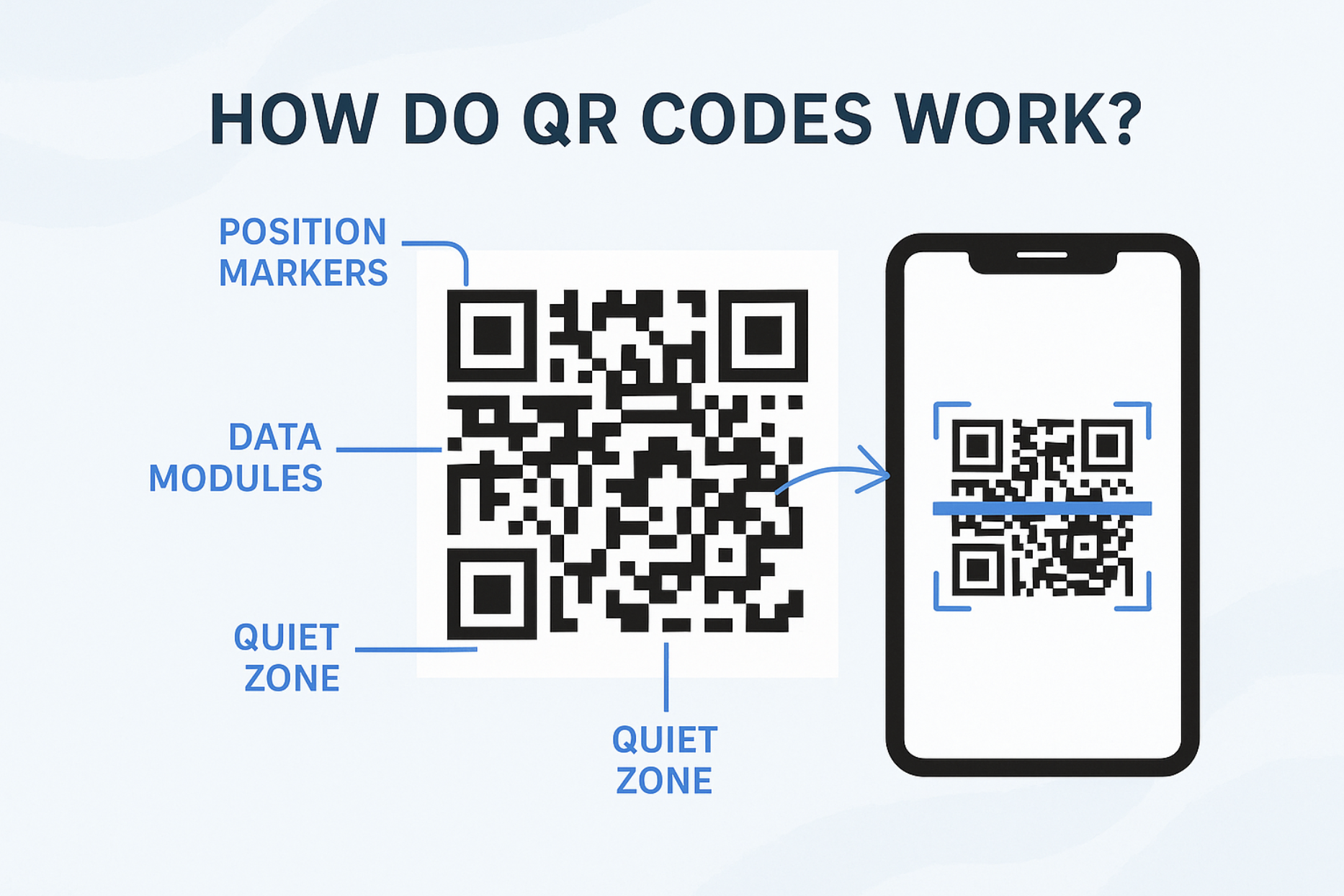Quick Summary
QR codes are transforming healthcare and education in 2025 by powering safer patient journeys, smarter medicine authentication, immersive classroom experiences, and seamless digital access for millions of users.
Table of Contents
Introduction
Healthcare and education shape everyday life, and both sectors rely on efficiency, accessibility, and trust. QR codes offer a bridge between offline and online experiences, letting patients and students scan a code to reach essential information, services, or resources without delay.
Why QR Codes in Healthcare & Education?
- Ubiquity of smartphones: Widespread mobile adoption makes QR code usage seamless for patients, students, and staff.
- Low-cost technology: QR codes deliver automation benefits without demanding expensive software investments.
- Versatility across formats: A single code can hold links, files, multimedia content, or authentication data.
- Contactless interactions: Hygienic, touch-free scanning remains essential for public health and safety.
QR Codes in Healthcare
Hospitals and clinics use QR codes to streamline workflows, maintain patient safety, and deliver critical updates quickly.
3.1 Patient Information Access
QR codes printed on hospital wristbands give doctors immediate visibility into medical history, allergies, and emergency contacts. Fast access reduces the risk of error and supports timely decisions.
3.2 Medicine Packaging & Authentication
Pharmaceutical companies apply dynamic QR codes to packaging so patients can verify authenticity, review dosage instructions, and report side effects. The approach helps combat counterfeit medicines and strengthens trust.
3.3 Contactless Check-ins & Appointments
Scanning a QR code at clinic entrances lets patients check in, confirm appointments, or find the right department without standing in long queues.
3.4 Health Awareness Campaigns
Public health organizations place QR codes on posters to distribute verified information on vaccinations, nutrition, or disease prevention in seconds.
3.5 Digital Health Records & Telemedicine
QR codes make it easy to share lab reports, imaging files, or prescriptions securely with care teams. Telemedicine platforms also integrate QR codes to support encrypted patient-doctor communication.
QR Codes in Education
Schools, colleges, and universities deploy QR codes to expand learning materials, manage digital submissions, and boost campus engagement.
4.1 Interactive Learning Materials
Educators embed QR codes in textbooks and presentations so students can explore videos, 3D models, or supplemental content on demand.
4.2 Digital Assignments & Quizzes
Assignments now feature QR codes that jump directly to forms or learning apps, enabling real-time submissions and feedback loops.
4.3 E-Libraries & Research Access
Libraries attach QR codes to shelves and catalogs, linking visitors to e-books, research papers, or multimedia references instantly.
4.4 Campus Navigation & Event Check-ins
Universities place QR codes across campus maps and event booths to streamline navigation and attendance tracking.
4.5 Student Engagement & Gamification
Teachers introduce QR-powered scavenger hunts or gamified tasks that keep learners motivated and actively participating.
Shared Benefits Across Both Sectors
- Improved efficiency: QR codes reduce paperwork and accelerate information retrieval.
- Accessibility for everyone: Digital formats support learners and patients with diverse needs.
- Security and trust: Encrypted, dynamic QR codes protect sensitive data; explore more safeguards in our guide to dynamic QR code benefits.
- Sustainability: Digital access minimizes dependency on printed materials.
Real-Life Case Studies
- Healthcare: Apollo Hospitals in India introduced QR-based digital health reports that patients can retrieve anytime.
- Education: The University of Tokyo uses QR codes to support virtual lab tours and seamless access to online research.
Challenges & Best Practices
- Data privacy concerns: Deploy secure, encrypted dynamic QR codes to protect personal information.
- User adoption: Offer training sessions for staff, teachers, patients, and students to maximize uptake.
- Design clarity: Ensure every QR code is clearly visible, properly branded, and simple to scan.
Future Trends (AI, AR, Smart Analytics)
- AI-powered recommendations: Intelligent QR codes will suggest tailored resources based on user profiles.
- Augmented reality experiences: AR overlays support immersive anatomy lessons or medical simulations after a quick scan.
- Heatmaps and analytics: Engagement tracking reveals scan locations, timing, and interaction depth for continuous improvement.
Final Thoughts
QR codes now drive critical transformations in healthcare and education by connecting physical environments with responsive digital journeys. Whether hospitals are preventing errors with accurate patient data or schools are enriching lessons with interactive resources, QR codes deliver measurable impact at scale.
Integrate QR codes into upcoming initiatives to maximize accessibility, safety, and engagement while keeping experiences seamless for every user.


